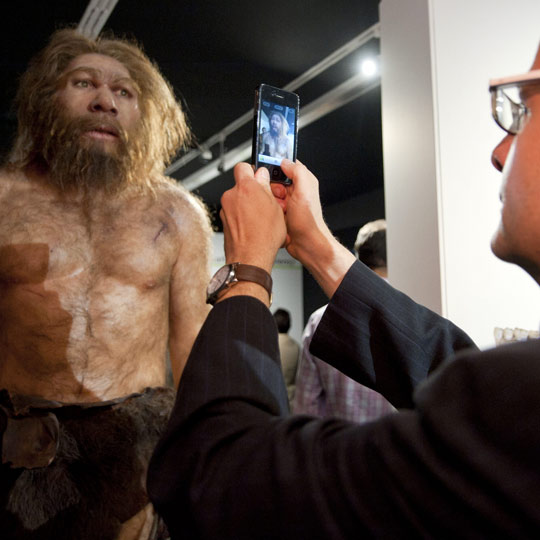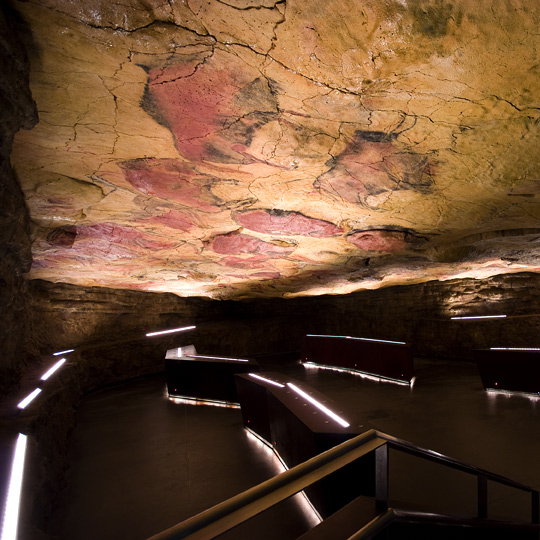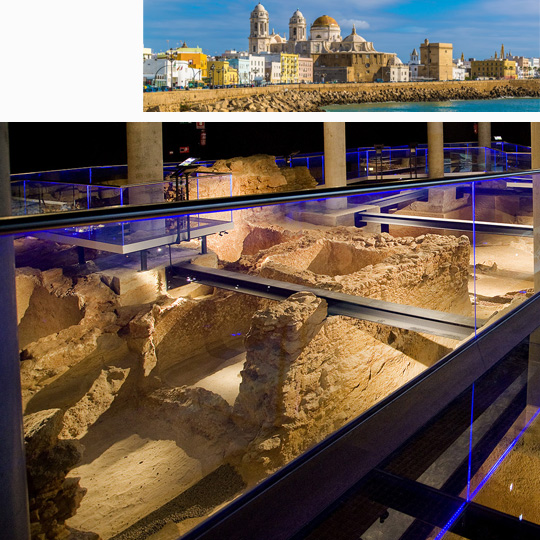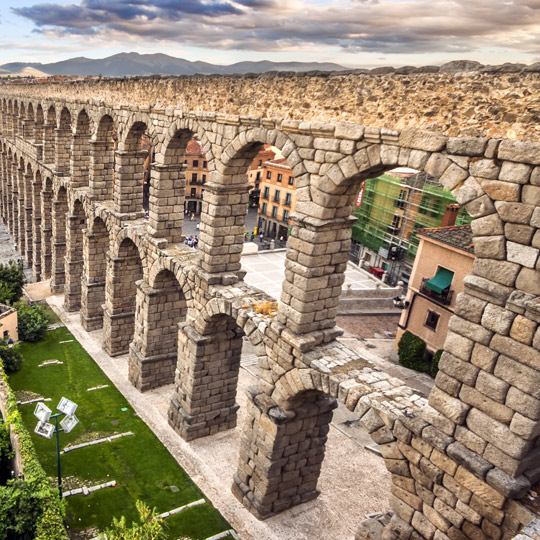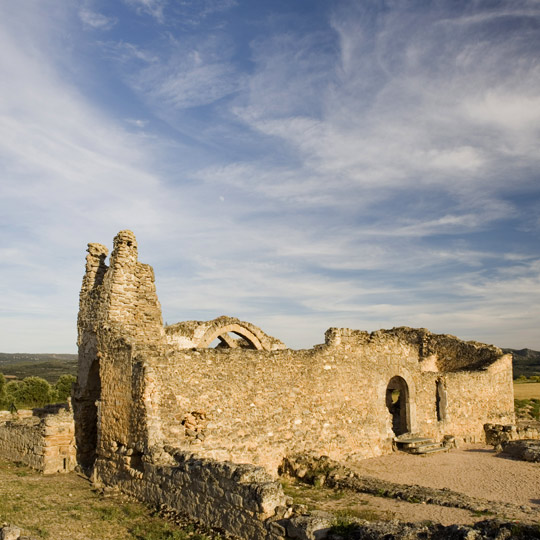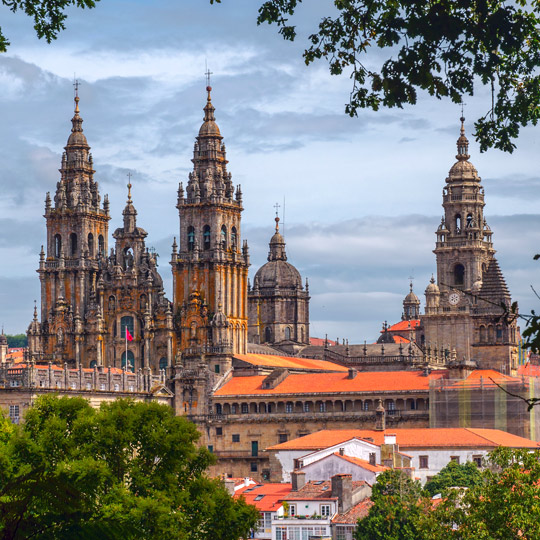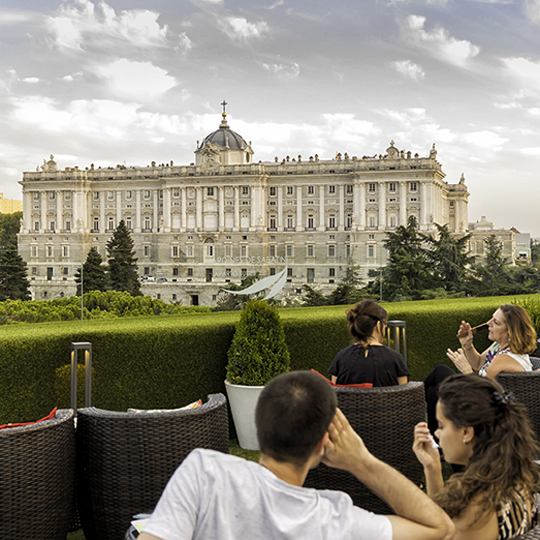1) A long time ago… When “Homo Antecessor” roamed the Earth
Take off your suit, put on some furs and grab a spear, because we're going straight into Prehistory. All right, you don't have to wear the furs, you just need to visit the Archaeological Site of Atapuerca, in Burgos. This is one of the most important sites in the world, where fossils of five different hominids have been found, including ‘Homo Antecessor’ and ‘Homo Heidelbergensis’. You can visit certain sites, as if you were a professional archaeologist, and then carry on to the city of Burgos (about 20 kilometres from Atapuerca) to see the Museum of Human Evolution.
